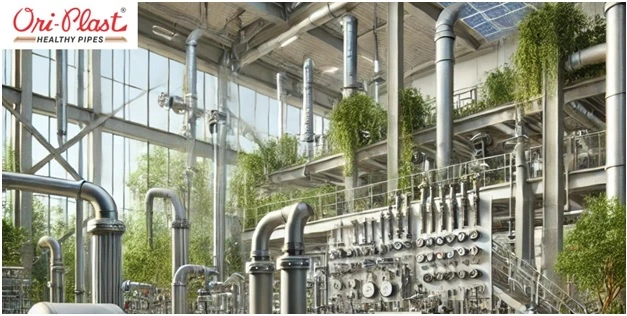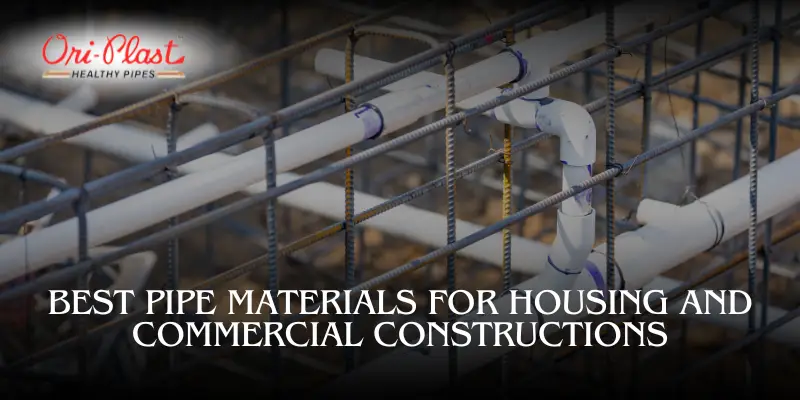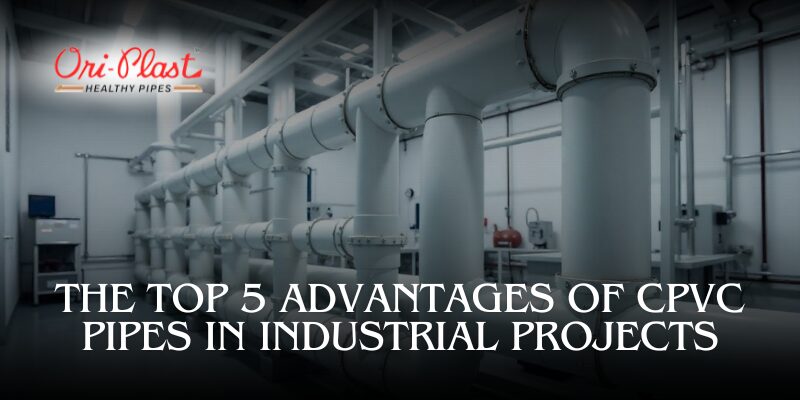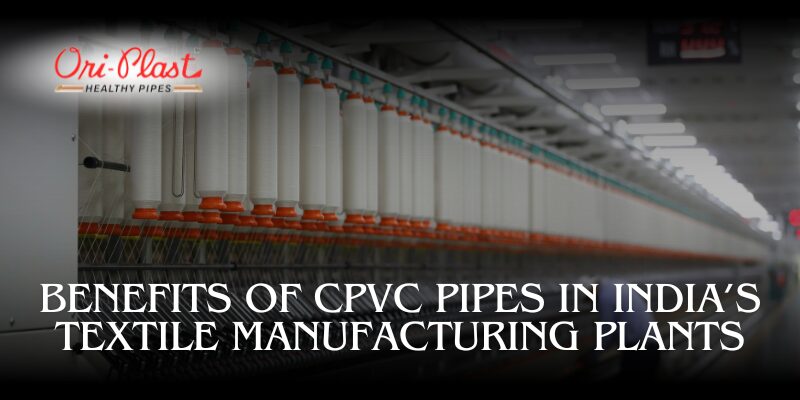Exceptional Durability for Long-term Use
Known for their chemical resistance and robust structural integrity, PVC pipes stand out compared to traditional metal pipes that are susceptible to rust and corrosion. Their superior durability leads to fewer replacements, reducing waste and fostering sustainability.2. Lightweight for Easier Transportation and Installation
Traditional plumbing materials like metal are heavy to transport. uPVC, cPVC, and PE pipes are lightweight plumbing solutions that reduce fuel consumption during transport. This characteristic not only lowers the environmental footprint but also makes installation faster and safer.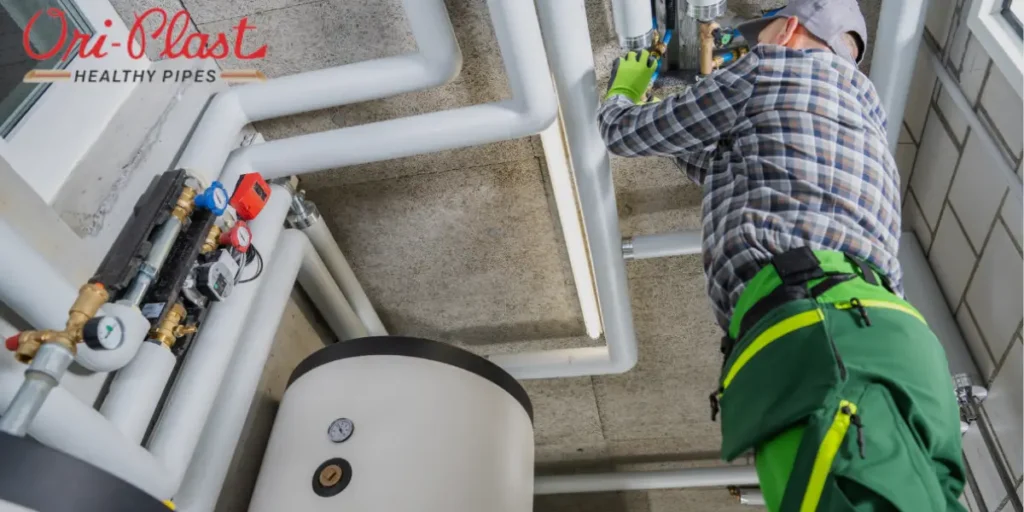
3. Water Conservation and Efficiency
A key feature of these pipes is their role in water conservation in plumbing. With their smooth inner surfaces, friction is minimized, allowing for efficient water flow and reducing water loss. Pairing these pipes with low-flow fixtures and smart water management systems can drastically cut down water usage in residential and industrial settings.4. Low Environmental Impact During Production
When assessed against other materials, the environmental impact of PVC production is relatively minimal. Advances in production technologies have further minimized emissions and waste associated with PVC pipe manufacturing, making it a more eco-friendly choice for sustainable industrial plumbing.5. Energy Efficiency
PVC pipes contribute to energy-efficient plumbing systems. Their smooth interior surfaces reduce friction loss, allowing fluids to flow more easily and requiring less energy for pumping. This efficiency translates into lower energy costs for industrial operations, aligning with green plumbing technologies.6. Water Conservation
Utilizing PVC pipes can significantly enhance water conservation efforts in industrial settings. Their leak-resistant properties help prevent water loss, which is crucial in industries with high water usage. Additionally, integrating low-flow fixtures with PVC systems can further optimize water use, supporting smart water management strategies.7. Recyclability
PVC is highly recyclable, meaning that at the end of its life cycle, it can be repurposed into new products rather than ending up in landfills. This recyclability supports a circular economy and reduces the demand for virgin materials in manufacturing, making it an excellent choice for sustainable plumbing practices.8. Cost-Effectiveness
The initial cost of PVC pipes is often lower than that of metal alternatives like copper or steel. Given their durability and low maintenance needs, PVC systems can offer significant long-term savings on both installation and operational costs—making them a cost-effective solution for sustainable industrial plumbing.9. Versatility in Applications
PVC pipes are versatile and can be used in various applications, including drainage systems, irrigation, and wastewater management with PVC solutions. Their adaptability makes them suitable for diverse industrial environments, contributing to overall system efficiency.10. Support for Green Technologies
PVC pipes align well with modern green plumbing technologies such as rainwater harvesting systems and greywater recycling setups. Their compatibility with these tools enhances overall sustainability efforts within industrial facilities.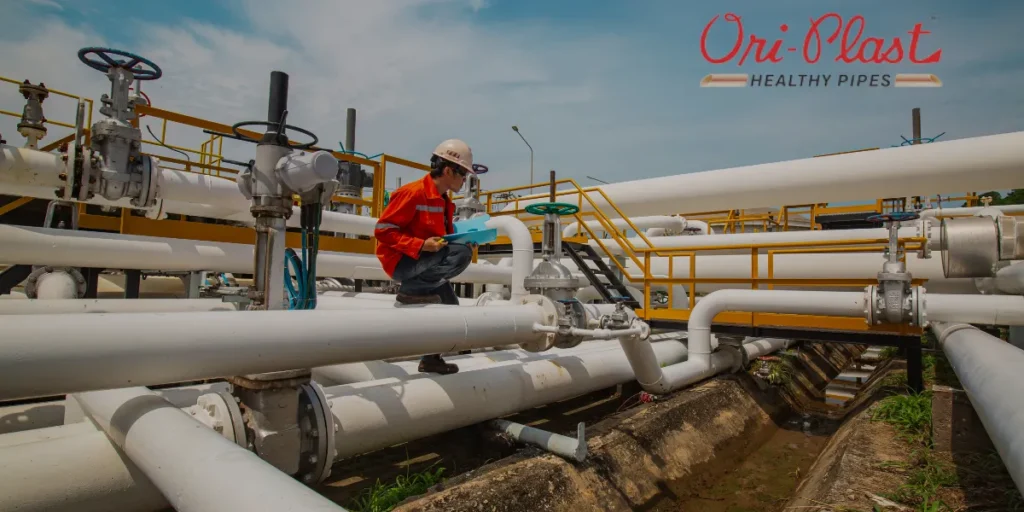
Comparing uPVC, cPVC, and PE Pipes to Traditional Materials
While metal pipes have historically been popular, their drawbacks—such as susceptibility to corrosion and heavy weight—make them less suitable for sustainable plumbing.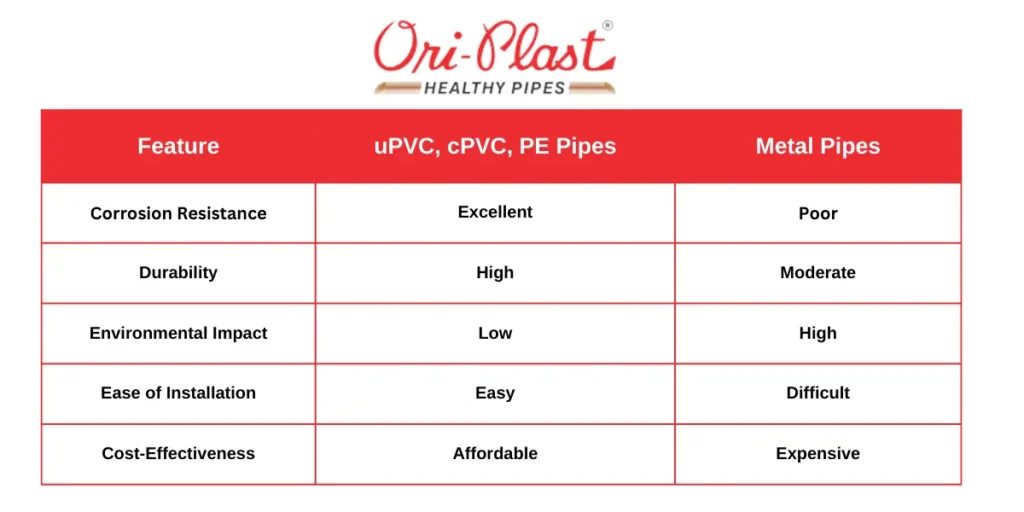
Case Studies: Successful Sustainable Plumbing
- Indira Paryavaran Bhawan, New Delhi
- Project Area: 9,565 m²
- Energy Savings: The building uses 70% less energy compared to conventional buildings.
- Annual renewable energy generation: 1.43 million kWh.
- The building features a wastewater recycling system that treats and reuses approximately 55% of its wastewater, achieving zero discharge.
- Rainwater harvesting systems are installed, significantly contributing to irrigation needs.
- Water Conservation: Achieved a 55% reduction in overall water consumption through low-flow fixtures and landscaping with drought-resistant plants.
2. CII-Sohrabji Godrej Green Business Centre, Hyderabad
This facility is recognized for its innovative approach to sustainable plumbing and water management.- Water Efficiency:
- The center has implemented a greywater recycling system that treats about 50% of its wastewater, which is reused for irrigation and toilet flushing.
- Achieved a total reduction in freshwater demand by approximately 40%, thanks to the integration of low-flow fixtures.
- Rainwater Harvesting: The facility captures rainwater to meet non-potable water needs, contributing to its overall sustainability efforts.
- Energy Efficiency:
- The center has reduced overall water usage by around 50% compared to traditional commercial buildings through efficient plumbing solutions.
PVC Pipes - the right choice for Sustainable Industrial Plumbing
- Why should you consider PVC pipes for plumbing purposes? PVC pipes are durable, corrosion-resistant, and cost-effective, making them an ideal choice for long-lasting plumbing solutions.
- How to install PVC fittings correctly? For a secure and leak-resistant connection, ensure that the surfaces are clean and dry before using solvent cement.
- What are the different kinds of PVC fittings available? Common types include elbows, tees, couplings, and adaptors, suitable for various plumbing configurations.
- How is the performance of PVC pipes affected by temperature variations? High temperatures can reduce PVC pipe pressure ratings, but cPVC offers better heat resistance for hot water systems.
- What are the primary applications of PVC pipes within industrial contexts? PVC pipes are used for chemical transport, wastewater management, and industrial cooling systems.
- Why is solvent cement preferred for PVC joints? Solvent cement provides a strong, durable bond, ensuring leak-free performance and longevity.

